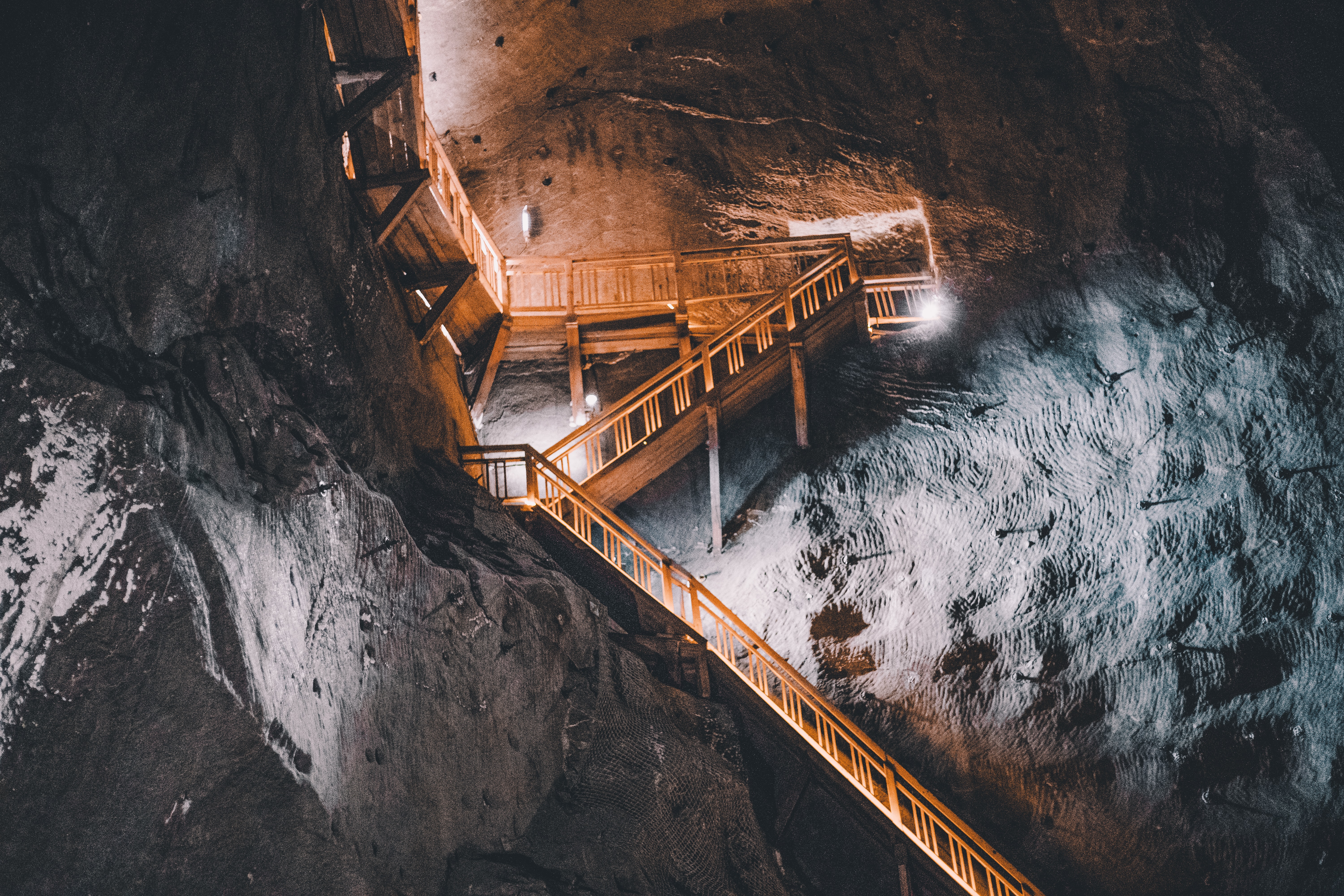In the 19th and most of the 20th century, mining was a booming trade in the United Kingdom.
And there are still over 2,000 active mines in the UK today.
However, the mass closure of coal mines by Thatcher in the 1980s left not just a lasting mark on the political landscape, but the physical one too.
Old mining sites pose a challenge to developers, but the lack of instant visibility can mean they are often a second thought.
But they shouldn’t be. Mining data should inform a vital part of the due diligence process in many key regions across the UK.
How to find mining data
Mining records can be hard to track down – particularly for older mines when it wasn’t a legal requirement to create mine plans.
Or, even if the records do exist, they may not contain accurate or detailed information.
There are various bodies that have tried to collate historic mining data so it’s easier for developers and homeowners to access.
These are a great starting place to see if your site is at threat of underground hazards.
Who owns England’s mines?
The ownership of mines and minerals titles varies from region to region – apart from the Church Commissioners for England who own titles throughout England. They have a dominant hold across the South of England (along with a selection of private owners and British Gypsum Ltd.).
As we move to the Midlands, the Crown – Duchy of Lancaster, and British Gypsum Ltd. dominate ownership.
Further North, there are concentrations of various owners, such as the Crown – Duchy of Lancaster near Harrogate, York Potash Ltd between Whitby and Scarborough, and The Boughton Estates in Southern Cumbria.
In Wales, the vast majority of mines and mineral rights are owned by the Crown.
Outside of these title ownerships, there’s also the mineral content to consider. Certain high-value minerals default to being owned by the Crown, even if there isn’t an initial ownership claim.
Alternatively, some estate owners safeguard potential future assets by buying or keeping certain land parcels that don’t currently have mines on them at the moment – but will benefit from them if high-value minerals were to be discovered.
All these different mining and mineral claims, make navigating ownership all the more tricky.
Particularly, when the ownership of mines is severed from the surface land due to the high-value mineral content beneath. This can cause problems and legal disputes if developers are unaware and dig into mines and minerals which they don’t rightfully own.

Coal reporting area
It’s good to know whether your site falls in a coal reporting area as it may be at risk of subsidence or gas or water emissions.
A coal mining report will be needed in these areas as part of the conveyance or transaction process. Although not particularly expensive, or time-consuming to get hold of, they are another piece of documentation that needs to be factored in.
On our heatmap, you can see that these areas are particularly concentrated in the North of England and the Midlands, but there are also pockets in South Wales, along the Wales-England border, and in Kent.
Non-coal mining hazards
Even if a mine wasn’t once coal-producing, there is still the potential for hazards.
The British Geological Survey (BGS) collates data from non-coal mines and provides information on any associated hazards.
Each mining area is rated as one of the following:
-
Low: localised, small-scale mining may have occurred in the area
-
Moderate: small-scale, underground mining may have occurred in the area
-
Significant: underground mining is known or considered likely to have occurred in the area
-
NA: no record of activity
From the heatmap, you can see that most areas across England and Wales are marked as low and moderate. However, there are dense pockets deemed as potentially containing significant hazards in the Midlands, the far South West tip, the North, and North Wales.
Why is this data important to developers?
Hidden ownership means hidden risks.
You need to have a complete understanding of the potential surface level and subterranean hazards.
Not knowing this information can cause huge additional costs, delays, injunctions, or land ransoms by the mine owner.
Our interactive heatmap shows you where risks lie and potential regions which may require further due diligence – so you don’t waste time and money on a site that isn’t suitable.
Shannon is a Community Content Specialist at LandTech. Her marketing skills started young, when she designed the logo for her primary school (which they still use today). In fact, she's so persuasive, she once convinced John Bishop to give up his seat on a train (first class, no less).

